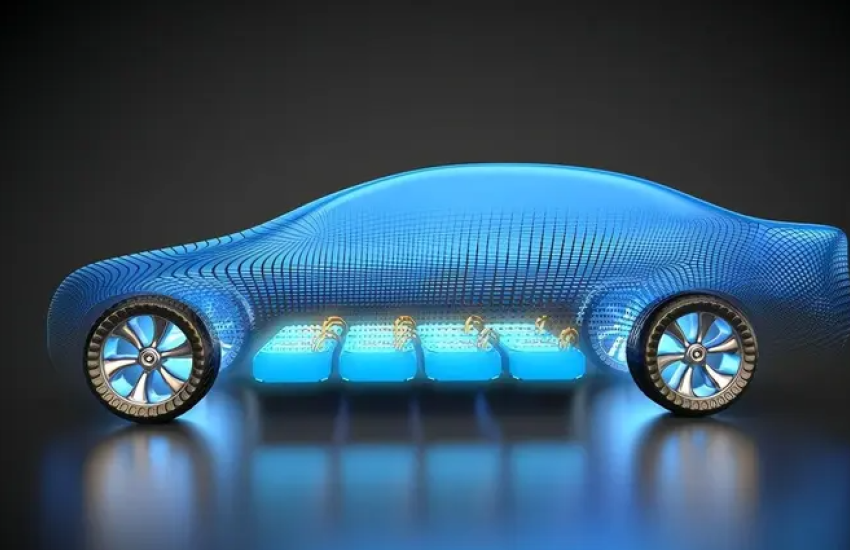Basic requirements for cathode materials of lithium iron phosphate batteries
First, the potential of the material itself is high, so that a large potential difference can be formed with the negative electrode material, resulting in a cell design with high energy density. Excessive voltage fluctuations will not adversely affect other electrical appliances in the system.
Second, the material contains high lithium content and the intercalation and deintercalation of lithium ions are reversible. This is the premise of high capacity. Some cathode materials have a high theoretical capacity, but half of the lithium ions lose their activity after the first intercalation. Such materials cannot be put into commercial use.
Third, the diffusion coefficient of lithium ions is large, the movement of lithium ions in the material is faster, and the ability of intercalation and deintercalation is strong. It is a factor that affects the internal resistance of the cell and also a factor that affects the power characteristics.
Fourth, the material has a large specific surface area and a large number of lithium intercalation sites. The large surface area and the relatively short intercalation channels of lithium iron phosphate batteries make intercalation and deintercalation easier. While the channel is shallow, the location for lithium insertion should be sufficient.
Fifth, the compatibility and thermal stability with the lithium battery electrolyte are good, which is for safety reasons. The positive electrode material does not easily react with the electrolyte, and remains structurally stable at higher temperatures and still does not easily react with the electrolyte. Such a material will not provide heat for the additional heat accumulation of the cell, which can reduce the probability of the cell entering the self-heating stage.
Sixth, the material is easy to obtain and the processing performance is good. Low cost, easy processing of materials into electrodes, and stable electrode structure are favorable conditions for materials to be popularized and applied.
The above is an introduction to the advantages and disadvantages of cathode materials for lithium iron phosphate batteries. Each cathode material has its theoretical energy density. When a cathode material is selected, the upper limit of the energy density of the cell is selected. The amount design of the positive electrode material and the tap density during the manufacturing process also have an impact on the energy density of the finished cell.




